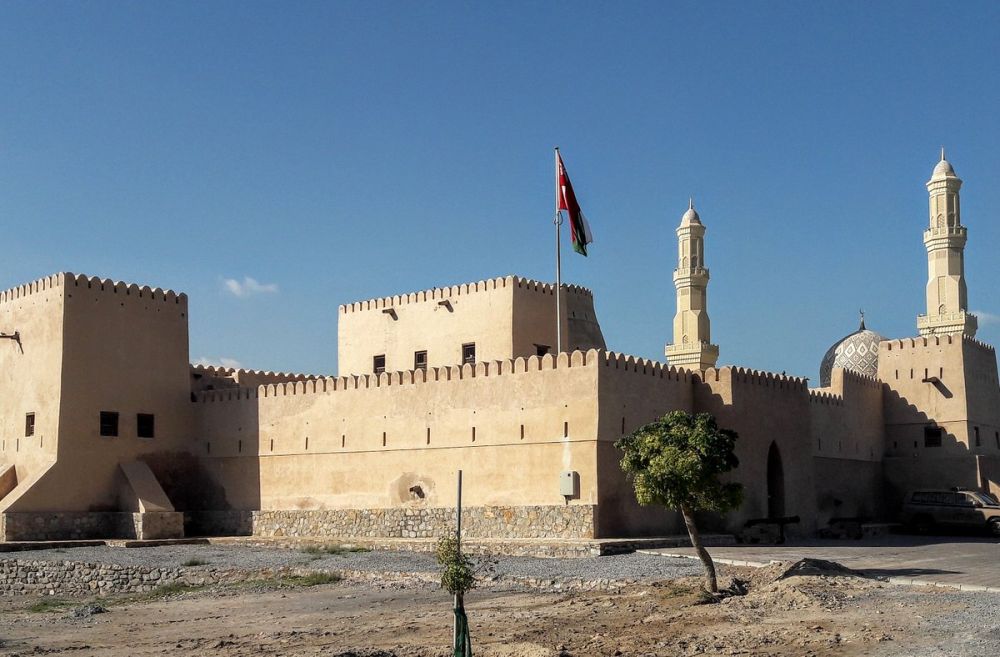

The history of tourism in Khasab, specifically at Bukha Fort, is relatively recent compared to other historic sites. Oman, traditionally a quiet and less touristy destination, has gradually opened its doors to the global community. The fort itself, a place rich in history, has become a point of interest for visitors intrigued by the country's culture and heritage.
Bukha Fort, located in the Musandam Governorate near the town of Bukha, was built in the 17th century by the Portuguese, who occupied the region for around 200 years. The fort’s strategic location near the Strait of Hormuz was extremely vital historically. It was meant to protect the area from naval attacks and maintain Portuguese control over maritime trade.
The fortification went through several periods of decline and restoration in its history. The most recent renovation occurred in the 1990s, which played a significant role in promoting tourism. The Omani government initiated considerable efforts to preserve and showcase the country's historical sites. This led to the fort being developed as a tourist attraction.
Presently, Bukha Fort stands proudly as a symbol of Omani architectural ingenuity, with tourists flocking to admire its well-preserved towers and walls. This historic monument serves as a window into Oman's past, providing a glimpse of the coastal fortifications that were pivotal in defending the nation from colonial forces.
As global travel evolves, Oman is witnessing a change in its tourism trends. There is a growing interest in ecotourism and sustainable travel, with tourists seeking out destinations that allow them to explore natural environments with minimal impact. Khasab, with its dramatic mountain backdrops and pristine waters, offers ample opportunities for eco-friendly activities such as hiking, camping, and dolphin watching.
Moreover, cultural tourism has gained momentum, with travelers looking to enrich their understanding of the places they visit by engaging with local traditions, cuisines, and historical sites. Bukha Fort plays a significant role in this sector, as it encapsulates the historical narrative of the region and offers tourists insights into Omani culture.
The introduction of luxury cruises that now stop in Khasab has also expanded tourism in the region. These cruises offer excursions for passengers to explore local landmarks, including Bukha Fort. This trend has contributed to a more diverse group of international tourists visiting the area.
In response to these trends, the Omani tourism sector has been working on improving infrastructure, providing more information, and ensuring better accessibility to historical sites, including Bukha Fort. There is also increased emphasis on community-based tourism, where locals are more involved in tourism development, creating a sustainable and authentic experience for visitors.